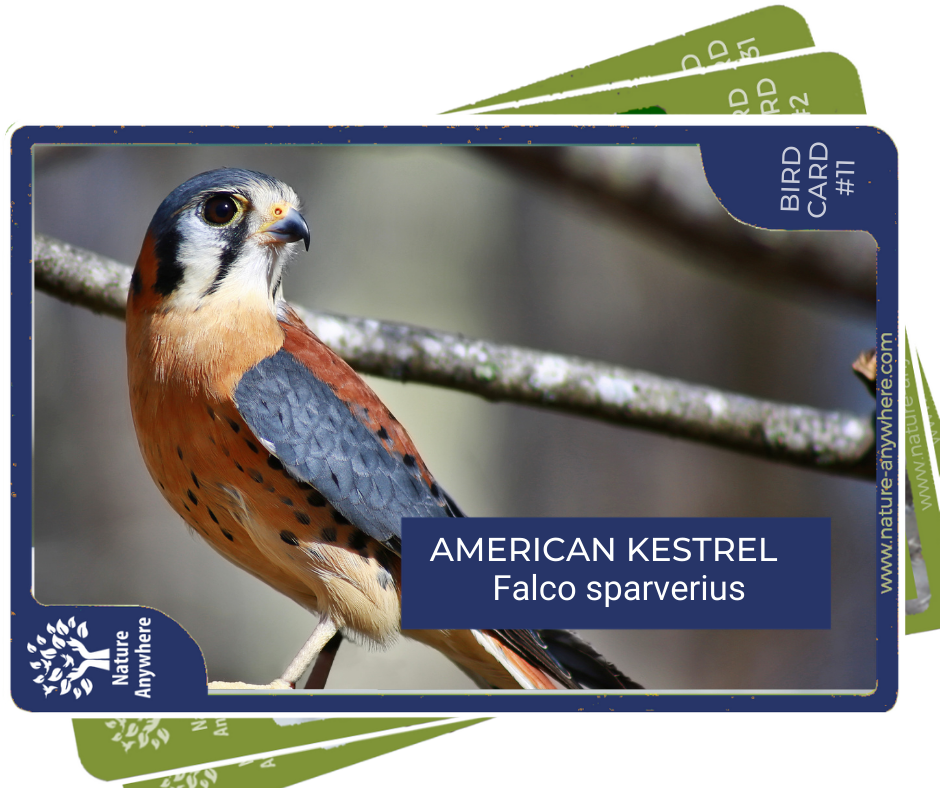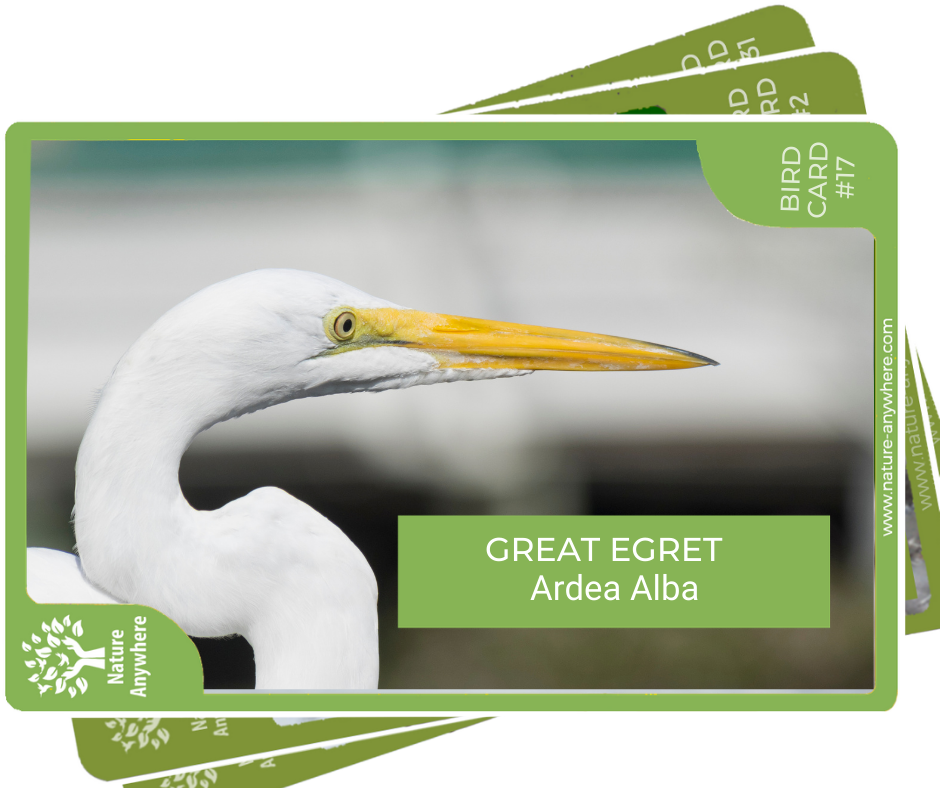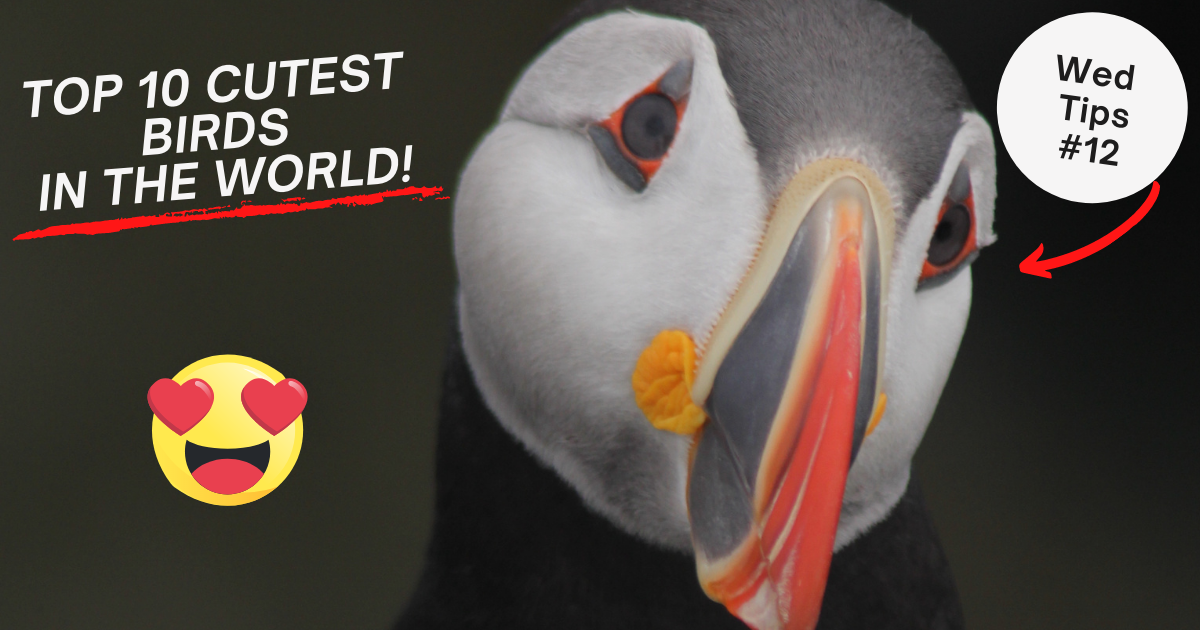
Let’s talk about falcons.
There are about 40 types of this genus (Falco) which are widely distributed in all the continents, except for Antarctica and high mountain ranges. Among these beauties is the Peregrine falcon, the fastest member of the animal kingdom, which can reach 200 mph during hunting dives!
The enchanting Kestrel Falcon is the tiniest falcon in North America, about the size of a blue jay or a mourning dove, and the most colorful of all raptors!
American kestrels are abundant in North America, all the way from Alaska to the southern tip of South America. They roam in open fields, cities and deserts as well as mountains and tropical lowlands - anywhere there’s a cavity to nest and a high perch to hunt from, such as a tree, pole or wire.
They are versatile hunters, feeding on whatever is available; insects, small birds and small mammals. Unlike peregrine falcons, kestrels don’t use high speed to kill their prey. They perch up high until they spot their target, then use stationary-hovering technique: while in flight, they flap their wings rapidly, adjusting their tail to stay stationary in the wind - then dive down from a short distance and jab their beak into a juicy insect.

This hovering technique takes a lot of energy, which is why they prefer hunting from a static perch, rather than hovering in flight.
The “eye-spots” on the back of their heads provide protection from other predators such as hawks and owls. These “fake eyes'' make it look like the kestrel is looking up at the potential attacker, causing it to move on to a more “vulnerable” prey. In the meantime, the kestrel can worry a little less about being attacked and focus more on the prey beneath him.
Kestrel Falcons are currently in decline which is why some conservationists hang up nesting boxes in their backyards. You can too!
LOOKS

The length of an American kestrel is around 8.5 inches and a wingspan of 21 inches. As the female is bigger than the male, the female weighs 3.0–5.8 oz and the males 2.8–5.0 oz.
Males and females are sexualy diamorphic, meaning they look different apart from their sexual organs. Males have bluish-gray wings and heads which are a beautiful contrast to the females’ reddish-brown wings, tails and heads.
Kestrels have excellent eyesight which means they can hunt from morning till early evenings, when lighting is poor. They have the ability to see ultraviolet which some researchers believe can help them detect the urine small animals leave as they scurry along.
Both sexes have two vertical stripes on the sides of their heads, short pointed beaks and large legs.
The juveniles, both boys and girls, look like adult females. They also have spots and streaks on their breasts which disappear once they have reached adulthood.
American kestrels live on average until around 1 year and 3 months. The oldest known wild individual lived to be 11 years old.
EATS
American kestrels are excellent hunters with a few “hunting styles” they have mastered with time, such as hovering, perching, and in-flight insect catching. Also, it helps that they have talon-tipped feet and sharp beaks.
During the summer, they eat mostly large insects such as grasshoppers, crickets, butterflies, moths, and beetles. During the winter they hunt mainly voles, but also mice, shrews, snakes, frogs, small birds, lizards, earthworms and even bats. In a year where the number of voles is high, more young kestrels survive and reach “fledgehood.”
NEST BOXES

The decline among American kestrels is a mystery to most researchers but there is a wide assumption that the main reason is the lack of locations for nest building: ready made crevices.
Kestrels don’t make their own nest-cavities. They rely on natural or man-made cavities that are surrounded by suitable hunting grounds with easy access to the openings. This is why you will see kestrel nests in buildings and other man-made structures including nest boxes.
Nest-box programs are a boon to these beautiful fliers, and they are steadily increasing their numbers again. Man-made nest-boxes are especially needed in areas where there is a serious shortage of natural crevices.
SOUND
American kestrels communicate with each other when distressed, excited or in courting. They have a few calls such as “klee,” “chitter,” or a kind of a “whine” - usually when feeding the little ones.
KESTREL LOVIN
American kestrels are monogamous. They mate for life and return to the same nesting site each year.
Breeding begins in early spring, sometimes as late as the end of summer. Only after building their nest does the courting begin, which includes dancing in the air. But the bond deepens when they feed each other.
Each pair makes between 1-3 broods a year. The male and female scout together for the perfect breeding spot - but it is the male who has the final say.
Nests are usually built in tree hollows or rock crevices. Sometimes they will surprise you with a nest in the corner of a building or up a telephone pole.
The female lays 3 to 7 eggs. Both male and female will incubate the eggs for about 30 days. For the first 10 days after the chicks are born, the male will be the sole food supplier for both the female and the young ones. And it’s no easy task. Each fledgling eats about 2-3 voles a day! During that time it is the mama’s job to protect the newborns while the male is away hunting.
Once the little ones are about 10 days old, the female will hunt for food as well as the male. 30 days after hatching, the fledglings will fly away but only become completely independent three weeks later.
During these first 3 weeks, the young kestrels hunt accompanied by their parents. This gives them the opportunity to hone their hunting skills before they leave the nest. Only around 30-40% of the little ones survive into adulthood, so this education is super important.
Rare: Unlike other species, there isn’t a lot of bickering among young kestrels. They usually perch and fly together, before leaving the nest.
FUN FACTS
- In medieval times, the kestrel was a symbol for fools, reflecting their lowly status.
- The kestrel has made it to the big screen: the well-known 1969 film “Kes” is about a young working-class boy training a kestrel. It is still regarded as a classic till today!
-
Falconry anyone?
Being as tiny as a songbird, American kestrels are often used by beginners to falconry and are extremely popular among more experienced falconers. The kestrels get used to humans quickly and have great personalities. Having a falcon around can be useful to get rid of birds like starlings and sparrows.




Leave a comment
All comments are moderated before being published.
This site is protected by hCaptcha and the hCaptcha Privacy Policy and Terms of Service apply.